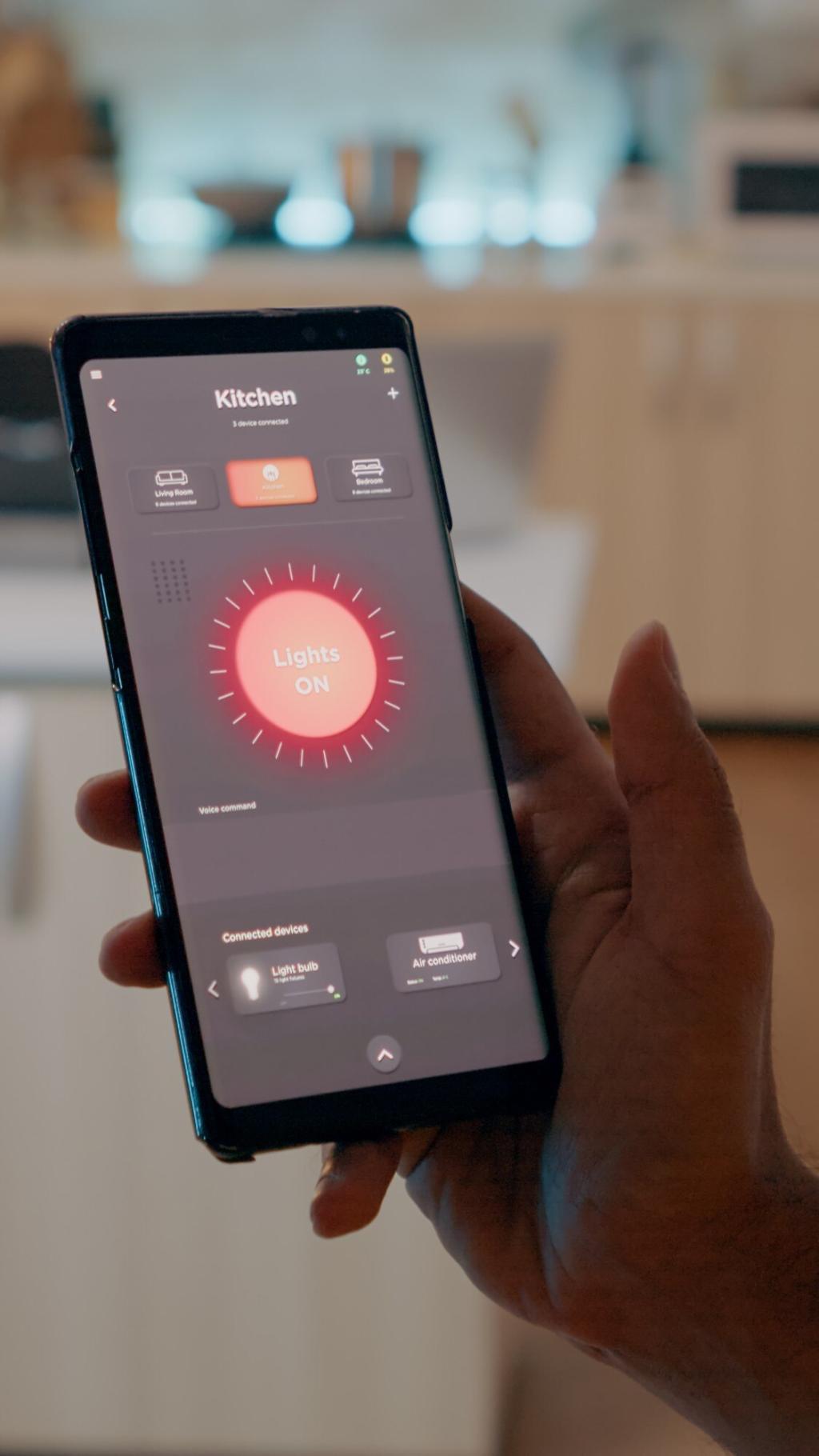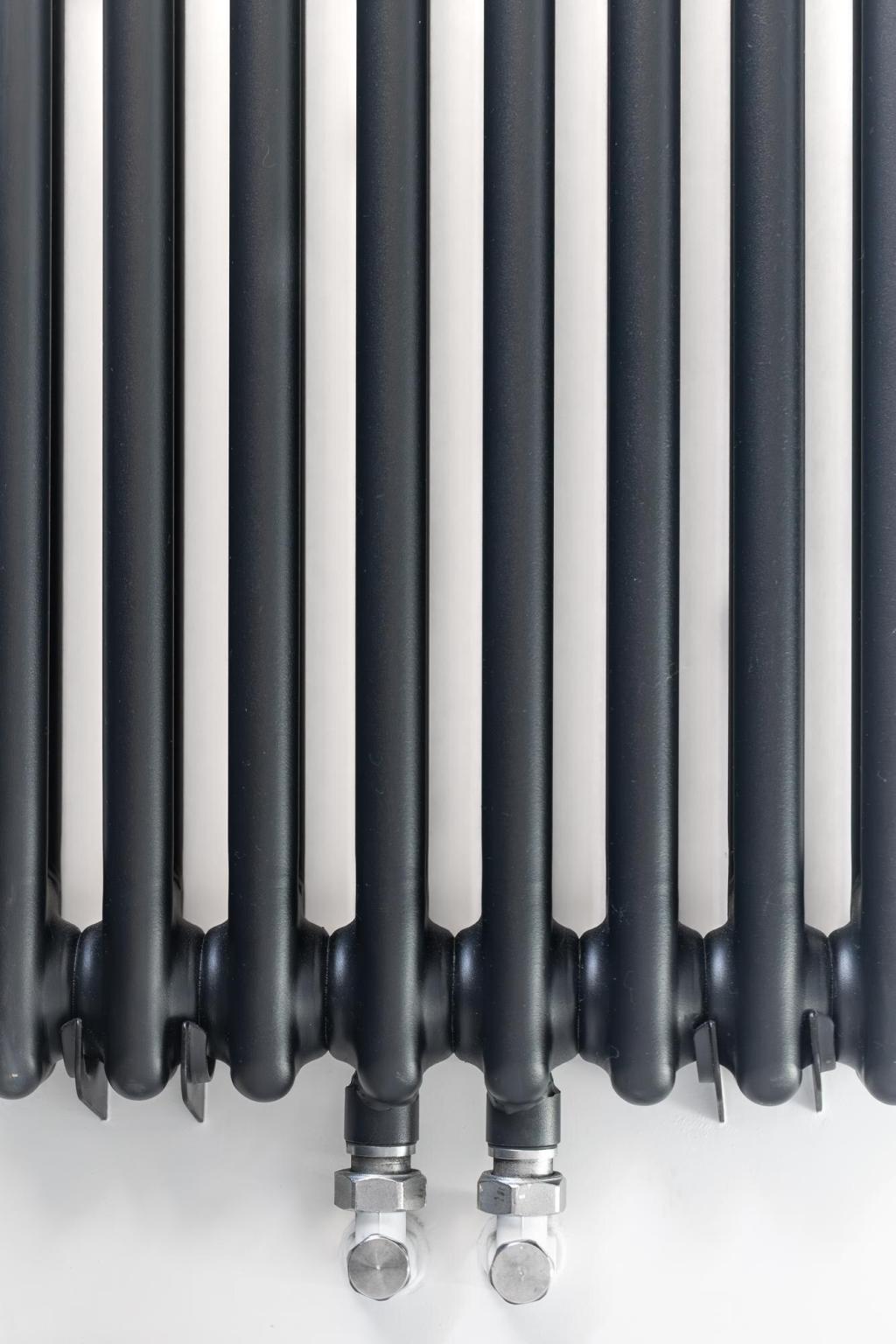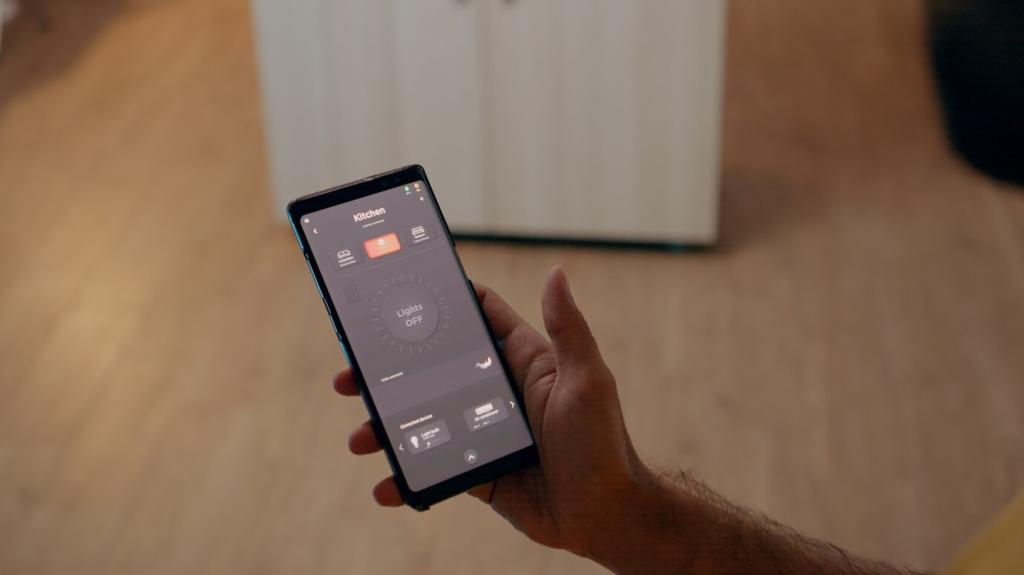Plan, Measure, and Share Your Progress
At midday and late afternoon, note where sunlight bakes walls and where wind cuts through corners. Use a cheap thermometer or even your hand to feel surface heat. These observations guide precise, low-cost changes that deliver the biggest comfort and utility bill payoff.
Plan, Measure, and Share Your Progress
Emily trained hops over a $30 trellis on her west wall and added two budget shrubs near her AC unit. By late July, the room felt calmer at sunset, and her electric bill dipped about twelve percent. Small, timely planting made a noticeable difference without big spending.
Plan, Measure, and Share Your Progress
Drop a comment describing your climate zone, the hottest or draftiest spot, and how much you want to spend this month. We’ll suggest one targeted, inexpensive landscape tweak to try. Subscribe for weekly tips and share before-and-after photos to inspire other budget-minded readers.
Plan, Measure, and Share Your Progress
Lorem ipsum dolor sit amet, consectetur adipiscing elit. Ut elit tellus, luctus nec ullamcorper mattis, pulvinar dapibus leo.






